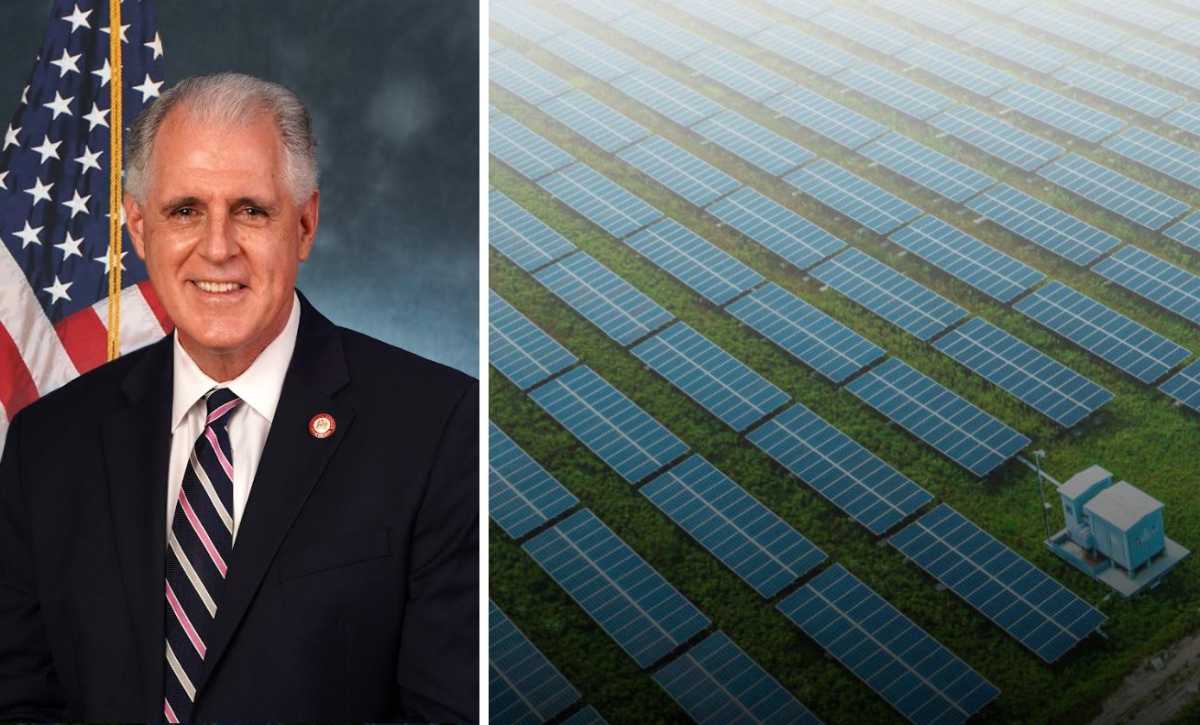Op-ed | New Yorkers have spoken: Clean Path NY must be a priority
May 9, 2025

Council Member James F. Gennaro, Chair of the NYC Council’s Committee on Environmental Protection, Resiliency & Waterfronts, advocates for prioritizing the Clean Path Project to advance New York’s renewable energy goals.
Photo courtesy of NYC Council./Clean Path NY
New York is at a critical crossroads in the fight to decarbonize its energy infrastructure and ensure a healthier, more sustainable future for future generations.
The passage of New York’s landmark Climate Leadership and Community Protection Act (CLCPA) was heralded as the beginning of a new era for our state’s energy landscape. With streamlined processes and targeted investment, we envisioned a path to eliminate our reliance on expensive and polluting fossil fuels—particularly in the disadvantaged communities that have borne the brunt of this burden for too long.
Despite many people working very hard to achieve these goals, a combination of factors has made attaining the goals of the CLCPA much more difficult. In light of these challenges, it’s incumbent on state policymakers to seize every “shovel-ready” opportunity to advance our clean energy agenda.
The Public Service Commission (PSC) has just such an opportunity, one that will get our clean energy transition back on course – it can designate the Clean Path Transmission Project (Clean Path) a Priority Transmission Project (PTP) and allow the New York Power Authority (NYPA) to move forward with construction.
NYPA’s Clean Path is a 175-mile-long, underground transmission line that will bring renewable energy from upstate to New York City. The 1300-megawatt project will help to meet the rising demand for energy, ease bottlenecks and increase reliability across the system.
New Yorkers have spoken. The docket before the PSC is stocked full of individuals and organizations representing a broad cross-section of stakeholders who took the time to respond during the public comment period and express support for moving CPNY forward. People from upstate and downstate, chambers of commerce, elected officials, environmental advocates, labor unions, community leaders, and so many others have made it clear they are ready to make Clean Path a reality.
Clean Path is exactly the kind of project lawmakers had in mind when they passed the Accelerated Renewable Energy Growth and Community Benefit Act, which set up a process to expedite critically important energy infrastructure projects.
The benefits of moving the Clean Path project forward are undeniable. Clean Path will bring much-needed renewable energy from upstate to the fossil fuel-dependent City and downstate region, increasing system reliability, lowering costs for New York Ratepayers, and improving public health.
The numbers are equally clear—according to NYPA’s petition, the Project will result in over 78 million tons per year of CO2 emissions avoided on a statewide basis in 2030 while generating benefits of between $6.2 and $21.5 billion over a 23-year period. Clean Path will also address reliability deficiencies, which the New York Independent System Operator, Inc. (NYISO) has projected to begin as early as 2031.
In short, Clean Path will save ratepayers money, cut pollution and help NYC keep the lights on as demand for electricity continues to rise.
Failure to act has clear consequences as well—by forcing existing fossil fuel plants to remain in service, we will drive up rates for ratepayers and continue negative health outcomes for disadvantaged communities.
With ever-increasing uncertainty from DC, New York should act wherever possible to ensure that some communities don’t continue to bear the negative consequences of local fossil fuel generation.
Making the Clean Path project a PTP so it can move forward as quickly as possible will guarantee that New York continues to take meaningful steps toward meeting our climate goals, ensuring that future Earth Days are a celebration of our state’s resiliency.
Council Member James F. Gennaro represents New York City’s 24th Council District, encompassing neighborhoods such as Jamaica Estates, Kew Gardens Hills, Briarwood, and Fresh Meadows. He currently chairs the Council’s Committee on Environmental Protection, Resiliency & Waterfronts.
Search
RECENT PRESS RELEASES
Related Post



